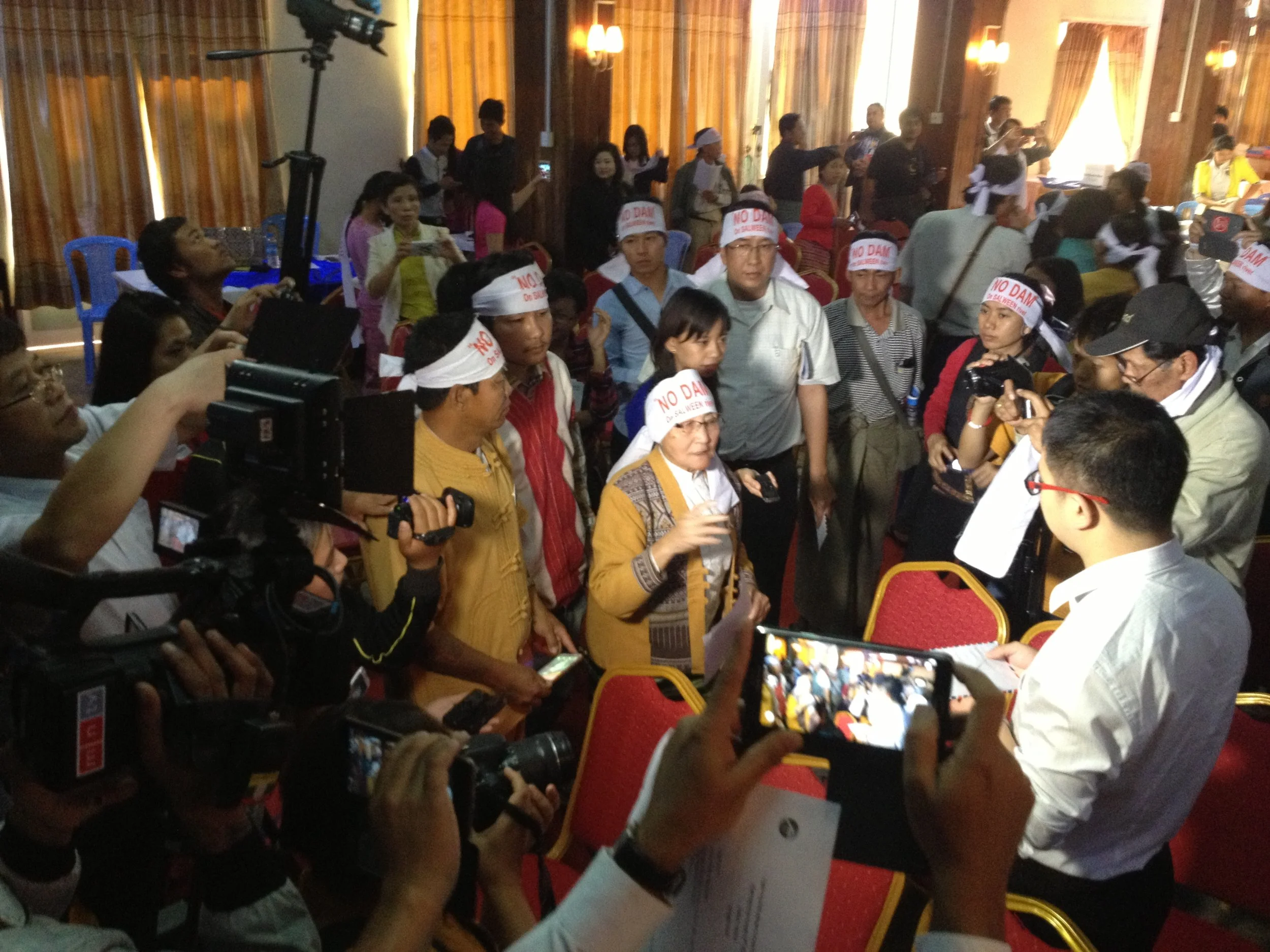Are We Ready for a Trans-boundary Compensation Mechanism for Water Benefit-sharing?
/The Greater Mekong Forum on Water Food and Energy provides a great chance for participants to exchange their knowledge and views on international rivers in the region. At the most recent Forum in Bangkok, in November 2016, my attention was caught by a presentation titled “From MRC (Mekong River Commission) to LMC (Lancang-Mekong Cooperation) towards a healthy economy and healthy river in Greater Mekong: the core transboundary compensative mechanism for water benefit-sharing.” During the forum, when Professor He Daming from Yunnan University proposed a transboundary compensation mechanism for water benefit-sharing after introducing the Chinese-initiated Lancang-Mekong Cooperation, launched in 2016, participants around my table first understood that after building eight dams on the upper Lancang-Mekong mainstream, China finally admitted those dams caused negative impacts to downstream states and would like to offer certain compensation under the LMC. However, when the presentation reached its end and a short discussion followed, several pairs of eyes widened when they found out that what was being proposed instead was that downstream states might get a bill under the transboundary compensation mechanism if they expected river flow augmentation from the upstream dams during times of drought, or that they had to offer to pay China if they asked for no more dams to be built on the upstream.
Read More











